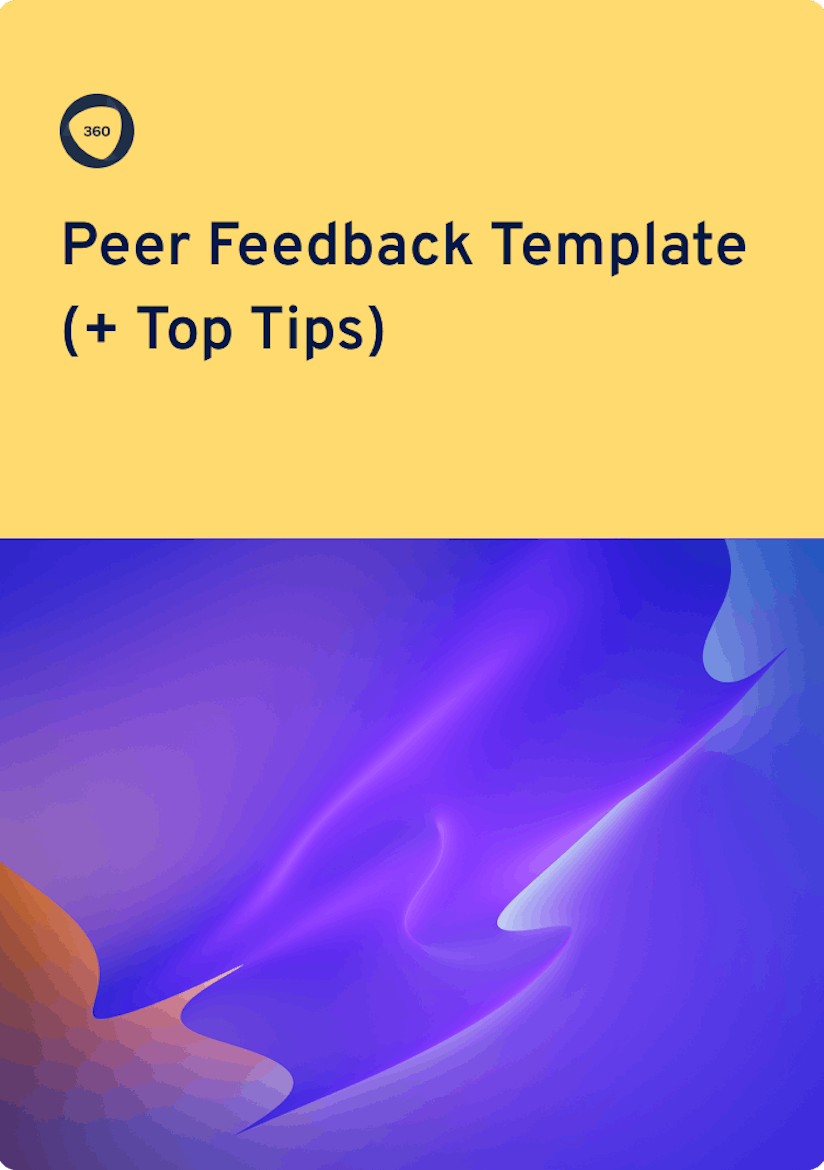There’s a massive reskilling and upskilling crisis looming over the future of work. A reported 87% of companies say they have skill gaps or expect to within a few years. But closing the skills gap could add $800 billion to the United States’ GDP by 2030. If that’s not enough to convince you, it would also help about 75% of workers advance their careers.
Employee coaching serves as the key to closing the skills gap because it supports a continuous learning environment. But a corporate culture centered on learning requires some heavy lifting, especially if you’re starting from scratch. So, we’ve pulled together the best templates for your L&D team to build a proper employee coaching program that helps employees set goals, check in regularly with their coaches, and provide actionable feedback to make your program as effective as possible.
4 employee coaching templates to get you started
Not everyone has the time to build an employee coaching program from scratch. These templates have everything you need to motivate your employees to achieve their goals without you committing a massive time investment to get a coaching program off the ground.
For example, communication tool Miro offers an employee growth plan template that transforms employees’ thoughts and ideas on their career progression and turns them into a highly visual, actionable plan.
You’ll have to customize these templates to your company’s specific needs, but they will give you a great foundation to start your employee coaching program.
- Employee Growth Plan (Miro)
- Free Employee Coaching Template to Improve Employee Performance (Via Maven)
- One on One Employee Coaching Form Checklist (SafetyCulture)
- Employee Coaching Form Template (Typeform)
5 goal-setting templates for employees
The first step in any employee coaching program is to meet with your employee to help them set measurable goals. Strong goal setting is supported by research: studies show that 39% of people who successfully complete their goals credit the use of a “clear, step-by-step” plan.
Studies show that 39% of people who successfully complete their goals credit the use of a "clear, step-by-step plan."
But between OKRs, SMART goals, and GROW models, how do you know where to start? Any plan that encourages measurable, clearly defined goals will be effective, and we’ve pulled five templates to help you no matter what goal-setting system you prefer.
Our internal OKR process was so effective, we packaged it up and made it available to anyone for free. We’ve also proved that simple is often better: you don’t need complicated software when a simple spreadsheet will do.

Help your teams overachieve.
By providing your contact info, you agree to receive communications from 360Learning. You can opt-out at any time. For details, refer to our Privacy Policy.
- 360Learning’s Free OKR Template
- Objectives and Key Results (OKRs) Template (Miro)
- OKR Planning Template (Docket)
- OKR Planning Template (MURAL)
- GROW Coaching Model Templates (SampleTemplates)
6 templates to establish an employee training plan
An effective and actionable training plan lets you see, at a high level, the needs of your employees and weigh them against the resources provided by your company. Once drafted, your training plan serves as the backbone of an employee’s coaching journey because it breaks down the objectives, strategies, and deliverables expected. The plan also lays out the curriculum and resources available to that employee to help them achieve their goals.
The best part about an employee training plan is that it shows you what realistic employee growth looks like. This makes it easy to lend support to your workers where they need it the most, whether it's through coaching or mentoring programs.
Project management company Trello shared a 30-, 60-, 90-day training plan template to guide employees through a learning journey. This template is designed to be used in a number of scenarios, including onboarding and general training. We’ve included it in this list because it’s an easy-to-use interface that’s easily customizable to your workplace.
- 30 60 90 Day Plan Template (Trello)
- 360Learning’s Training Needs Analysis Template
- Training Plan Template (Process Street)
- Employee Development Plan Template (Process Street)
- Employee Development Plan Template (DevSkiller)
- Individual Development Plan Template (Indeed)
9 performance management templates to replace annual reviews
The annual performance review, as you know it, is falling to the wayside in favor of regular check-ins because most people don’t find them effective: a whopping 55% of workers believe annual reviews don’t improve their performance. Even more, research shows us employees who have weekly check-ins with their manager, as opposed to a formal annual review, are better engaged in their day-to-day activities.
Performance management is based on the idea that consistent communication leads to improved worker morale. Done properly, performance management encourages open dialogue between employee and coach and opens the door for learning opportunities. Plus, performance management reduces bias because coaches gain an up-to-date understanding of their employee’s goals, perceptions, and roadblocks.
SurveyMonkey’s 360-degree review template helps coaches and employees stay in communication, and it can be completed in under 10 minutes. As an added bonus, this template can be customized to include questions specific to your organization.
- 360-Degree Employee Evaluation Survey Template (SurveyMonkey)
- Training Record Template (Jotform)
- 360Learning’s Performance Management Template
- Competency Performance Review Template (PeopleGoal)
- Performance Review Templates (Quantum Workplace)
- Employee Performance Review (Process Street)
- Employee Appraisal Template Checklist (SafetyCulture)
- HR Team Learning Tracker (Trello)
- Employee Training Management Template (Airtable)
Related: The Right Way to Go About the Performance Management Cycle
6 templates for giving and getting feedback
Another reason performance management is replacing annual reviews is that feedback helps us be aware of our own successes and failures. In a workplace setting, we need formalized structures to help us reflect. That’s because research shows that about 95% of people identify as being self-aware, yet only 10–15% of us actually are.
In addition to performance management, 360 feedback loops are a particularly effective source of information because they cultivate trust between employees and managers. They create a safe space for employees to highlight parts of coaching that went well or could be improved on without fear of retaliation.
Our peer feedback template helps guide users through the challenge of providing actionable, constructive feedback without causing interpersonal friction between colleagues.

The template you need to make sure your peer feedback isn't shooting you in the foot.
By providing your contact info, you agree to receive communications from 360Learning. You can opt-out at any time. For details, refer to our Privacy Policy.
- 360Learning’s Peer Feedback Template
- The GOOD One-on-One Meeting Template (Quantum Workplace)
- Employee Coaching Feedback Template (SafetyCulture)
- Employee Feedback Form Template (Wufoo)
- Employee Satisfaction Survey Template (SurveyMonkey)
- Employee Feedback Form (Jotform)
Employee coaching fosters a culture of learning
Employee coaching lets you take control of your learning and sets your employees on a path for success. Of the organizations that are successfully closing their skills gap, 84% have a culture of lifelong learning in place.
Plus, studies show that most workers—two-thirds, in fact—prefer to learn within their own workflow, not outside of their existing job duties. One major benefit to employee coaching is that it fits well within the flow of work, which means your work environment is chock-full of learning opportunities that can lead to better workplace outcomes.





